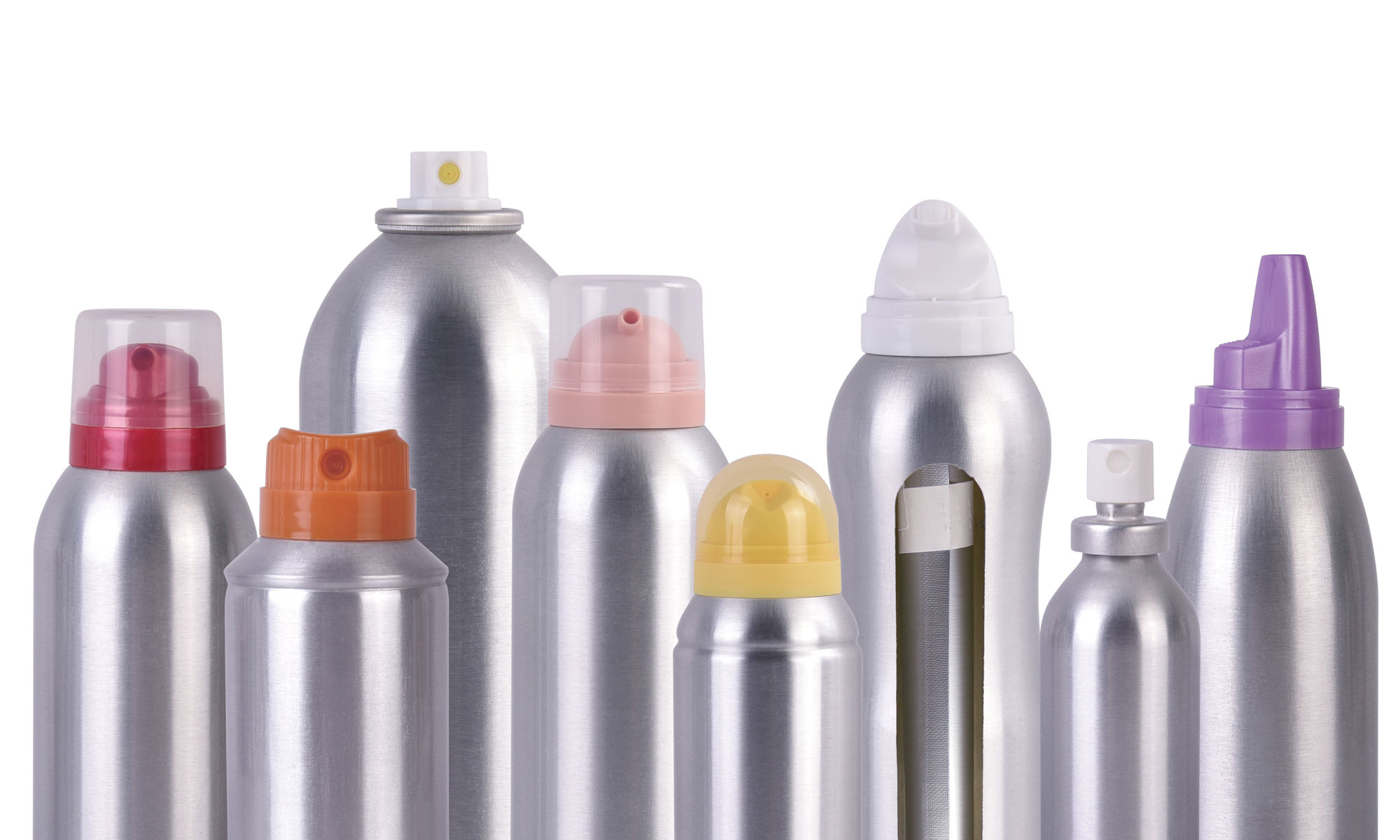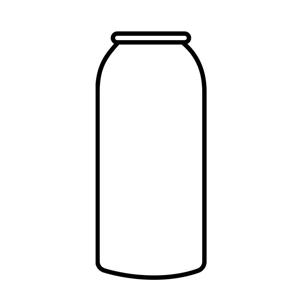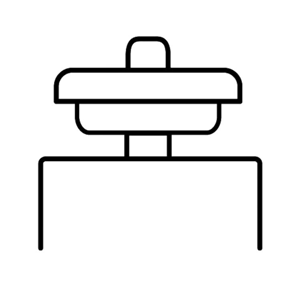تلعب صمامات الهباء الجوي دورًا حاسمًا في توصيل المنتجات بشكل فعال، سواء كانت منظفًا منزليًا أو منتجًا تجميليًا أو علاجًا طبيًا. عند تصنيع صمامات الهباء الجوي أو استخدامها، فإن مواجهة مشكلات مثل التسرب أو الانسداد أو التآكل أمر شائع. بصفتنا شركة مصنعة لصمامات الهباء الجوي، قمنا بتجميع المشكلات الأكثر شيوعًا والحلول التي تحتاجها لاستكشاف أخطائها وإصلاحها. في هذه المقالة، سنقوم بتقسيم الخطوات اللازمة لإصلاح هذه المشكلات مع التعمق في الجوانب الفنية، وتقديم بعض النصائح العملية، وحتى مشاركة القليل من تاريخ تكنولوجيا صمام الهباء الجوي لإضفاء المزيد من المتعة على الأمور!
لماذا تعتبر صمامات الهباء الجوي مهمة جدًا؟
تم تسجيل براءة اختراع صمامات الهباء الجوي لأول مرة في عشرينيات القرن العشرين، مما أدى إلى تغيير طريقة توزيع المنتجات وإحداث ثورة في التغليف. في البداية، كانت صمامات الهباء الجوي تُستخدم في المقام الأول لأشياء مثل المبيدات الحشرية، ولكن اليوم، لديها مجموعة واسعة من التطبيقات، من منتجات العناية الشخصية إلى الاستخدامات الصناعية. كان تطوير هذه الصمامات على مر العقود مدفوعًا بالطلب على التحكم الأفضل في الرش، وزيادة السلامة، وتحسين سهولة الاستخدام. ولكن على الرغم من تقدم الصمامات الحديثة، إلا أنها ليست محصنة ضد المشكلات التي تؤثر على الأداء.
مشاكل صمام الهباء الجوي الشائعة
1. التسرب
يعد التسرب أحد أكثر المشكلات المزعجة في إنتاج صمامات الهباء الجوي. سواء كان ذلك بسبب عيب في الختم أو عدم ملاءمة الضغط أو تلف الحشيات، فقد يؤثر التسرب على خط الإنتاج بالكامل. وفي أسوأ الحالات، قد يؤدي ذلك إلى مخاوف تتعلق بالسلامة، وخاصة عندما يتعلق الأمر بالمواد الكيميائية الخطرة. ولكن لا داعي للذعر! من خلال إجراء بعض الفحوصات والتعديلات، يمكنك إيقاف التسرب عند مصدره.
2. الانسداد
غالبًا ما يحدث الانسداد في صمامات الهباء الجوي عندما يكون المنتج داخل العلبة سميكًا للغاية، أو عندما تتراكم بقايا المحتويات بمرور الوقت. في بعض الحالات، يمكن أن تتفاعل الدوافع أيضًا مع المنتج، مما يؤدي إلى تكوين جزيئات تعيق الصمام. التنظيف والصيانة المنتظمة هما المفتاح لمنع هذه المشكلة. وتذكر أن اختيار نوع الصمام المناسب لدرجة لزوجة منتجك يمكن أن يقلل من احتمالية الانسداد.
3. التآكل
يحدث التآكل عندما تتعرض علبة الهباء الجوي أو الصمام للرطوبة، وخاصة عندما يكون المنتج ذا درجة حموضة عالية أو يحتوي على مواد كيميائية تآكلية. يمكن أن يؤدي هذا إلى إضعاف الصمام ومنعه من العمل بشكل صحيح. تعد عمليات الفحص المنتظمة لمكونات الصمام مثل الزنبرك والغلاف والمحرك ضرورية لتجنب هذه المشكلة. يعد اختيار المواد أمرًا بالغ الأهمية أيضًا - يمكن أن يؤدي استخدام السبائك أو الطلاءات المقاومة للتآكل إلى إطالة عمر صمام الهباء الجوي الخاص بك.
الإجراءات الوقائية للصمامات
من الأفضل دائمًا منع المشكلات بدلاً من إصلاحها لاحقًا. فيما يلي بعض أفضل الممارسات لتقليل حدوث المشكلات في صمامات الهباء الجوي:
- الختم المناسب: تأكد من أن جميع الأختام والحشيات مصنوعة من مواد عالية الجودة ومتوافقة مع المنتج الموجود داخل العلبة. افحصها بانتظام بحثًا عن أي تآكل واستبدلها عند الضرورة.
- تقنيات الضغط: يعد الضغط الصحيح أمرًا بالغ الأهمية في تأمين الصمام بالعلبة. يمكن أن يؤدي الضغط غير الصحيح إلى حدوث تسربات وضعف أداء الصمام. تأكد من معايرة المعدات بشكل صحيح واتباع إجراءات الضغط القياسية في الصناعة.
- روتين الصيانة: قم بإعداد جدول صيانة منتظم يتضمن تنظيف الصمامات والتحقق من التآكل والتلف. سيساعد هذا الروتين في تجنب المشكلات المتعلقة بالانسدادات والتسربات.
نصائح من الخبراء: معرفة غير عادية
باعتبارنا مصنعين لصمامات الهباء الجوي، قمنا بجمع بعض النصائح الداخلية للحفاظ على عمل صماماتك بشكل صحيح:
- اتجاه الصمام: تأكد من توجيه الصمامات بشكل صحيح دائمًا أثناء التركيب. قد يؤدي عدم المحاذاة إلى ضعف أداء التوزيع وحتى التسرب.
- اختبار الصمام في ظل الظروف الحقيقية: قم بإجراء الاختبارات في ظروف العالم الحقيقي للتأكد من عمل الصمام في ظل التغيرات النموذجية في درجات الحرارة والضغط. يمكن أن يمنع هذا الأعطال عند استخدام المنتج.
- اختر الوقود المناسب: يؤثر نوع الوقود الذي تستخدمه بشكل كبير على أداء الصمام. تأكد من توافقه مع المنتج وتصميم الصمام. على سبيل المثال، قد يؤدي استخدام ثاني أكسيد الكربون إلى انخفاض الضغط مما يؤثر على اتساق الرش بمرور الوقت.
أسئلة شائعة حول استكشاف الأخطاء وإصلاحها: الأسئلة الشائعة
لمساعدتك بشكل أكبر، قمنا بتجميع قائمة بالأسئلة الأكثر شيوعًا فيما يتعلق بقضايا صمامات الهباء الجوي. فيما يلي بعض الأفكار من مصنعي صمامات الهباء الجوي مباشرةً:
- ما هي أسباب تسرب صمام الهباء الجوي؟
غالبًا ما يحدث التسرب بسبب حشوات معيبة أو ضغط غير صحيح أو تلف أثناء المناولة. تأكد من استخدام أختام عالية الجودة وضغط الصمام بشكل صحيح على العلبة. - كيف يمكنني منع انسداد صمام الهباء الجوي؟
استخدم منتجات أرق، وقم بتنظيف الصمامات بانتظام، واختر نوع الصمام المتوافق مع لزوجة المنتج. - ما هي أفضل مادة لصمام الهباء الجوي لتجنب التآكل؟
يمكن أن يساعد الفولاذ المقاوم للصدأ والألومنيوم والطلاءات الخاصة مثل الإيبوكسي أو البولي بروبلين في منع التآكل. - لماذا يتم رش الهباء الجوي الخاص بي بشكل غير متساوٍ؟
قد يكون سبب الرش غير المتساوي هو التصميم غير المناسب للمحرك أو الفوهة المسدودة. حاول ضبط المحرك وتأكد من أن الفوهة نظيفة. - كيف يمكنني تحسين متانة صمامات الهباء الجوي؟
يمكن أن يؤدي التنظيف المنتظم والتخزين المناسب واستخدام مواد مقاومة للتآكل إلى إطالة عمر الصمامات الخاصة بك. - ماذا يجب أن أفعل إذا لم يفتح صمام الهباء الجوي الخاص بي؟
تحقق من عدم وجود أي انسدادات في الصمام أو المحرك. إذا كان المحرك تالفًا، فيجب أن يؤدي استبداله إلى حل المشكلة. - ما الذي يسبب عدم توزيع منتج الهباء الجوي بشكل صحيح؟
قد يؤدي انخفاض الضغط أو عدم إحكام الغلق أو وجود خلل في الصمام إلى منع التوزيع السليم. تأكد من توافق الوقود والصمام. - كيف يمكنني التأكد من أن صمام الهباء الجوي الخاص بي يعمل بشكل صحيح؟
قم بإجراء اختبار الضغط وتحقق من اتساق الرذاذ. سيؤدي الصمام المعيب إلى رش غير متساوٍ أو عدم التوزيع على الإطلاق. - هل يمكن أن تؤثر مادة الصمام على أداء الهباء الجوي؟
نعم، يمكن أن تتفاعل مادة الصمام الخاطئة مع المنتج أو الوقود، مما يؤدي إلى مشكلات في الأداء. استخدم دائمًا مواد مناسبة للمحتويات المحددة للعلبة. - ما هي الأخطاء الشائعة في تجميع صمام الهباء الجوي؟
يعد سوء المحاذاة، والضغط غير الصحيح، واستخدام مواد غير متوافقة من الأخطاء الشائعة. تحقق مرة أخرى من دقة كل خطوة من خطوات التجميع.
خاتمة:
باعتبارنا شركة مصنعة لصمامات الهباء الجوي، فإننا نعلم أن صيانة صمامات الهباء الجوي عالية الأداء أمر بالغ الأهمية لنجاح المنتج. من خلال فهم المشكلات الشائعة وممارسة الصيانة المناسبة وتنفيذ النصائح المتخصصة، يمكنك ضمان طول عمر وفعالية أنظمة الهباء الجوي الخاصة بك. لمزيد من المعلومات حول أحدث منتجات صمامات الهباء الجوي لدينا أو للاستفسار عن متطلبات الصمامات المحددة، يرجى زيارة صفحة المنتج الخاصة بنا.





















